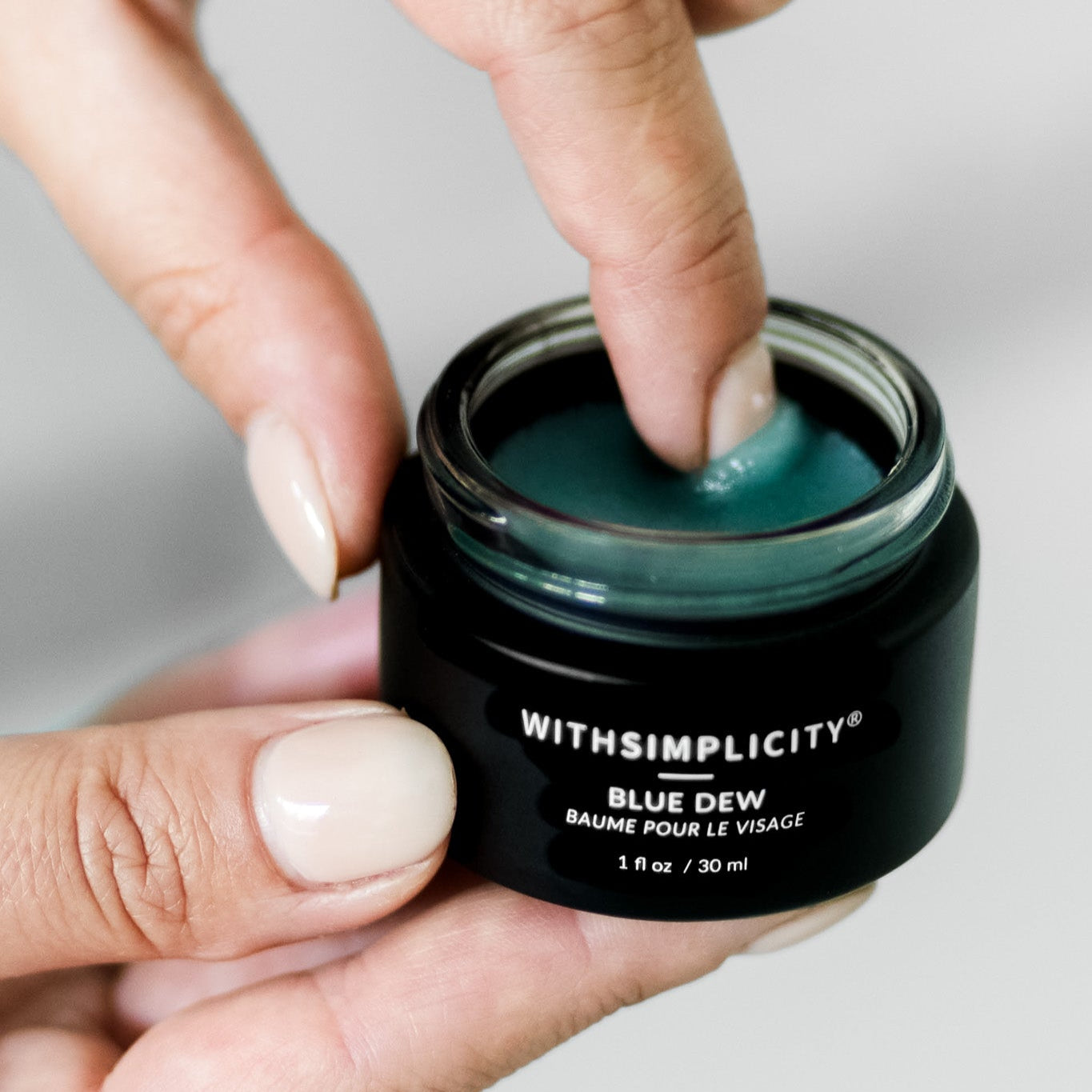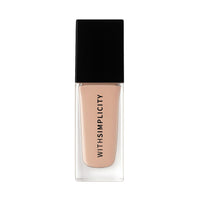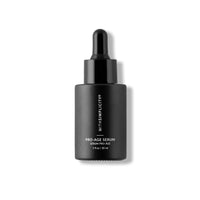Many people utilize skincare every day and night. This form of self-care is a great way to feel good. However, as relaxing as the products and tools may be, it’s important to pay attention to what’s actually going on in these varying formulas. Some beauty products can have more chemicals than others, which can be damaging to your skin in the long run.
As a result, more people are turning to natural skincare and cosmetics. While organic products are viewed as a safer and cleaner alternative, it’s still imperative to look at the full ingredient lists and formula claims. Some deducing can lead you to find and understand what natural skincare ingredients actually work for you.
Your product’s ingredients list will contain various words. Before translating them and their purpose, you need to understand what INCI is!
What is INCI?
The International Nomenclature Cosmetic Ingredient or INCI is a standard for labeling different cosmetic ingredients. The scientific nature of formulating products involves various components, all of which can be foreign to the regular consumer buying skincare.The Personal Care Products Council created the INCI to serve as a reference for different ingredients. Adopted by numerous cosmetics and personal care product manufacturers, the goal is to have a uniform labeling system for cosmetic ingredients across the world.
The INCI benefits many people in the beauty industry. Dermatologists and scientists would be able to identify an ingredient more accurately. Skincare enthusiasts will also receive more enlightenment as it removes the facade of buzzwords in marketing.
For example, one brand has a product that highlights the inclusion of vitamin B3 in their product. However, there are multiple vitamin B variants available on the market. Writing down the INCI name, niacinamide, can minimize confusion and narrow down the ingredient's benefits.
Another common example is Lavender. The INCI for Lavender is Lavandula Angustifolia (Lavender) Flower Oil .
Pro-Tip: If you notice that a company is not using INCI for their ingredient listings, you should question the product as they are not following FDA guidelines.
Hierarchy of Order in Ingredients
Another important factor behind deciphering your natural skincare ingredients is the order they come in. The Fair Packaging and Labeling Act requires ingredient be listed in order on the net quantity of different components. This act serves as a basis for adhering to the All-Ingredient Labeling System, which calls for constituents to be listed by weight.The first few ingredients are likely the most abundant, while those at the bottom have less concentration than other elements in the same formulation. Consumers can utilize this hierarchy of order when reading the product's ingredient list.
For instance, a skincare line may claim to center around grape seed for removing sebum. However, you notice that it’s around the end of the ingredient list. By following the hierarchy of order, you can deduce that the product has less grapeseed than marketed.
Also, don't be shocked that essential oils are at the bottom of ingredient lists. They safely can only make up less than 1% of the formula due to their potency!
Clarifying Marketing Claims
Natural skincare may have a couple of extra labels on the product page and packaging. For example, our Pro-Age Skincare has different tags, like gluten-free and artificial color-free. Here’s a short translation of these different marketing claims:
-
100% Natural: Natural skincare can utilize minimal artificial or synthetic ingredients during the formulation of the product. Manufacturers that claim to be 100% natural only use organic components for their goods.
Be aware that the term "Natural" is regulated by the FDA. Even if a product claims to be natural, make sure to read teh ingredients!
-
Gluten-Free: As natural skincare is organic, some formulations may use gluten byproducts like wheat and barley. Gluten-free personal care ensures a product is safe for gluten-sensitive people.
If you are extremely gluten-sensitive celiac and concerned about the gluten in a product, always reach out to the company for further info about their sourcing and production practices.
-
Toxin-Free: Toxins can be dangerous for the skin. For example, products with methylparaben, ethylparaben or other kinds of parabens are associated with increased breast cancer risks and hormone disruption.
Be aware of "toxin-free" though as all companies have their own definition of what "toxin-free" means. Again, read those ingredients!
-
Dye-Free: Some people like to add artificial colors to skincare to change its hue, usually to improve its presentation. However, this additive contributes no nourishment to the formulation. Some colorants can even disguise the discoloration of expiring products.
Look for dye and artificial color-free tags in your natural skincare.
-
Fragrance-Free: Some people can be sensitive to synthetic scents added to skincare. Fragrance-free products eliminate those hormone-disrupting additives.
Be aware: "Natural Fragrance" doesn't always mean it's safe. Opt instead for products that are scented with botanical extracts and essential oils as you will know exactly what the ingredients are... and check out our blog about how harmful fragrance is!
-
Cruelty-Free: Some of the beauty industry try out skincare and cosmetics on animals. Cruelty-free products make sure to skip animal testing.
-
Vegan: Even without testing on your furry friends, some natural ingredients can be derived from certain animals like beeswax. Certifying that a product is vegan means no animal products were used during formulation and production.
Extra Tips for Reading Natural Ingredient Lists
Consider U.S. Compliance
Asian beauty products have been booming lately in the U.S. because of their effectiveness and use of organic ingredients. However, the list of ingredients may not follow the hierarchy of order that most companies follow.
Beauty art director Odile Monod notes that the Korean standards for labeling and ingredient lists are different from those in the USA. The ingredients utilized in concentrations of less than 1% can be reordered. Depending on the retailers you buy the product from, you may get a different order in your ingredient list.
Disregard the Length
Some people think shorter skincare ingredient lists are better than longer ones because they contain fewer additives. However, certain components must be mixed with other components to have a longer shelf life. Look beyond the length and into the contents instead.
.... and vice-versa! Longer lists don't necessarily mean the product is better. It all comes down to the ingredients!
Prioritize Your Skin Concerns
Many natural skincare components can seem quite attractive, but you should go beyond the trending ingredient of the month. Note your current skin concerns and find out what ingredients work for you.
For example, maybe you’re struggling with acne. Many people find tea tree oil great for combating bacterial acne. In those cases, products like oil-free liquid foundation can work best to keep pimples at bay.
Utilize Ingredient Search Engines
It’s okay not to know what certain ingredients are, especially if you’re new to trying out skincare. The internet has many resources. There are also dedicated ingredient search engines with extra information on a product and its components.
For example, our Liquid Foundation is made with aloe vera. CosDNA confirms that the Aloe Barbadensis Leaf Juice is indeed present. They also note that it is for skin conditioning with a low hazard. While doing your research, you can compare the product’s composition to other variants on the market.
Another resource we like is the EWG SkinDeep Cosmetic Database.
Always Check the Expiration Date
However good the skincare ingredients are, they are unsafe when they expire. Look at the best before date and know when you’re supposed to use them up. You can even set up a reminder in your calendar. If the formula goes bad before you finish it, properly dispose of the remaining product and packaging.




